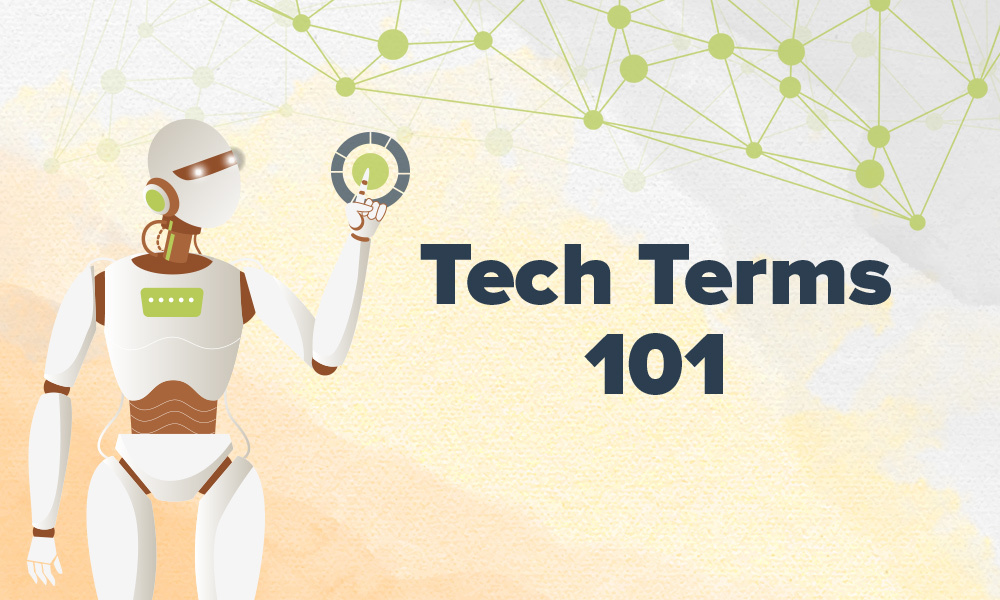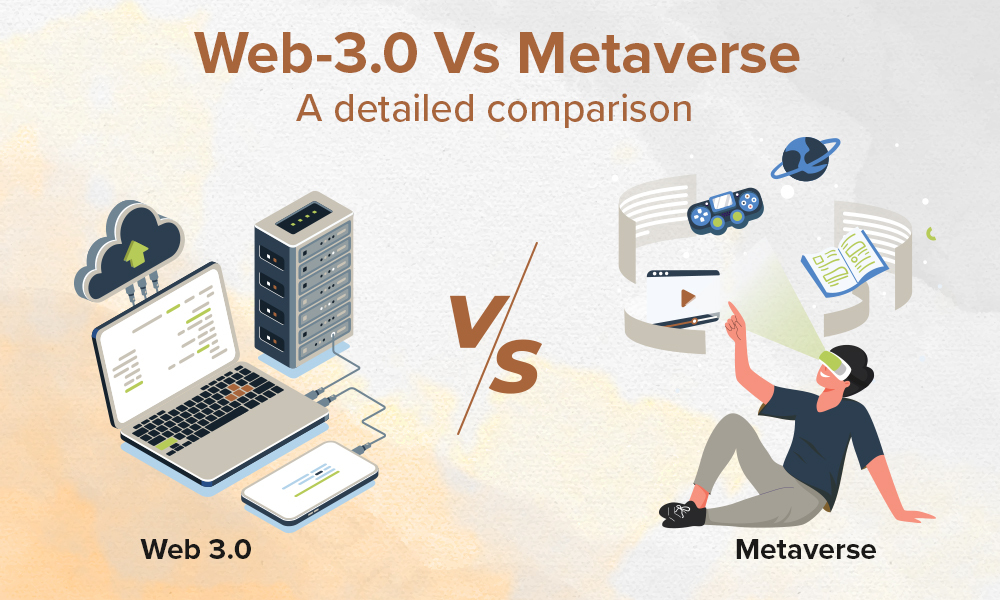The seeds of Web3 were sowed in the year 1991, when scientists W. Scott Stornetta and Stuart Haber launched the first blockchain — a project to time-stamp digital documents. But the idea didn’t really take root until 2009, when Bitcoin was launched in the wake of the financial crisis (and at least partially in response to it) by the pseudonymous inventor Satoshi Nakamoto.
When put simply, Web3 is an extension of bitocin/cryptocurrency, using blockchain in new ways to new ends. Web3 and cryptocurrencies run on what are called “permissionless” blockchains, which have no centralized control and don’t require users to trust — or even know anything about — other users to do business with them.
“Web3 is the internet that will be owned by its builders and users and no centralized authority will be controlling it.” This is a big deal because it changes a foundational dynamic of today’s web (Also known as Web2), in which companies squeeze users for every bit of data they can.
Web1 started off with the idea of an open and decentralized internet, but Web2 — the internet of the current times — led to the birth of trillion dollar technology companies that have a strong influence over the internet and own a lot of the infrastructure the web is built on. Experts call Web3 a decentralised version of the internet — one that will not be dominated by a handful of powerful players such as Amazon, Microsoft and Google.
Web3 is truly decentralized and a more democratic version of the current internet.
“Web3 is really sort of an alternative vision of the web, where the services that we use are not hosted by a single service provider company; rather the power will fall into the hands of people browsing the internet.
Web3′s key terms and tech
Blockchain is a key technology behind Web3. It is most-often associated with the cryptocurrency bitcoin and is the technology that underpins it. The bitcoin blockchain is a public ledger of activity of the bitcoin network. But bitcoin is not owned by a single company or person and it is not issued by a central authority like a central bank. Instead, it is decentralized and the network is maintained by a global group of people running specialized computers.
So, blockchain is a key technology and decentralization an important phrase.
Web3 is based on the idea of a “trustless” model. Currently, the world is laying their trust in companies to deliver the service they promise. But if Web3 products and services are built on blockchains and are decentralized then one simply needs to trust the underlying algorithm to deliver that product.
Web3 and Metaverse
The objective of Web 3.0 is to keep the internet out of the monopoly of tech giants and make it public-controlled property. The most successful examples are the crypto world bitcoin market. On the other hand, tech mammoths are starting reformation or trying to acquire metaverse firms to control this world already. However, experts assured that public internet control would make it tough for corporations to own the meta world. Read more about the difference in these two technologies here.
What would the Web3 version of Twitter look like?
In Web3 Twitter users will have more control over their posts and will enable users to safeguard their identities. In the current world, so many fake accounts are running which makes it difficult to authenticate information. With cryptographic/blockchain based kyc (Know Your Customer), it will be difficult to fake identity. Moreover, the platform isn’t going to be centrally controlled by one organization. Currently Twitter has Community Managers, who look into content and flag it to be inappropriate for the platform. In the Web3 powered Twitter, the platform will have more freedom of speech.
What role cryptocurrencies may play in the world of Web3?
Web3 advocates suggest cryptocurrencies will play a key role in the future of the internet. An example could be where there is a Web3 application that runs on a certain blockchain that uses a specific digital coin. For example, services that run on the Ethereum blockchain may require ether-based digital tokens. There is a difference of opinion which we believe should be highlighted here. Many experts believe that the world of Web3 may be devoid of cryptocurrencies or tokens. Different platforms would need different cryptocurrencies and it will be difficult for a user to possess so many different currencies. As a result, the organization may altogether cryptocurrencies.
Will there be a role for regulators in the world of Web3?
Cryptocurrencies have never been regulated because it’s very difficult to do given the fact it is not owned by a single entity. However, businesses that touch cryptocurrency in some way, such as exchanges, often find themselves under some sort of regulation.
So, if a Web3 service is built on the same theory of decentralization as cryptocurrencies, how will regulators approach it?
For now, countries around the world are still trying to figure out how best to regulate cryptocurrencies and related technologies. Web3 is a part of that conversation.
Will Web3 end the era of tech giants?
Web3 advocates suggest that with Web3, the power of technology giants could be challenged.
However, those same companies like Microsoft and Twitter are also investing in Web3. The Web3 world could not entirely diminish the Web2 giants at the initial level. However, as we are going to progress in the world of Web3, it is suggested that the power will not stay in the hands of centralized service providers.
With so much of Web3 still being talked about, it seems to be a high-risk, high-reward bet. Certain companies and sectors have more incentive than others to try their luck, particularly those that got burned by being left out in earlier eras of the web. It’s not a coincidence that a media company like Time is interested in the opportunities of Web3 after Web2 decimated its business model. Other organizations — like Nike and the NBA, which already have experience with limited drops and commoditizing moments — may have simply found that their business models are an easy fit. Other businesses won’t have as clear a path.
The soaring claims around Web3 — that it will take over the internet, upend the financial system, redistribute wealth, and make the web democratic again — should be taken with a grain of salt. We’ve heard all this before, and we’ve seen how earlier episodes of Web3 euphoria fizzled. But that doesn’t mean it should be written off entirely. For now, that future is still up for grabs. Nothing, after all, is inevitable just like Marvel Comic Universe’s ‘Thanos’.



.jpg)
